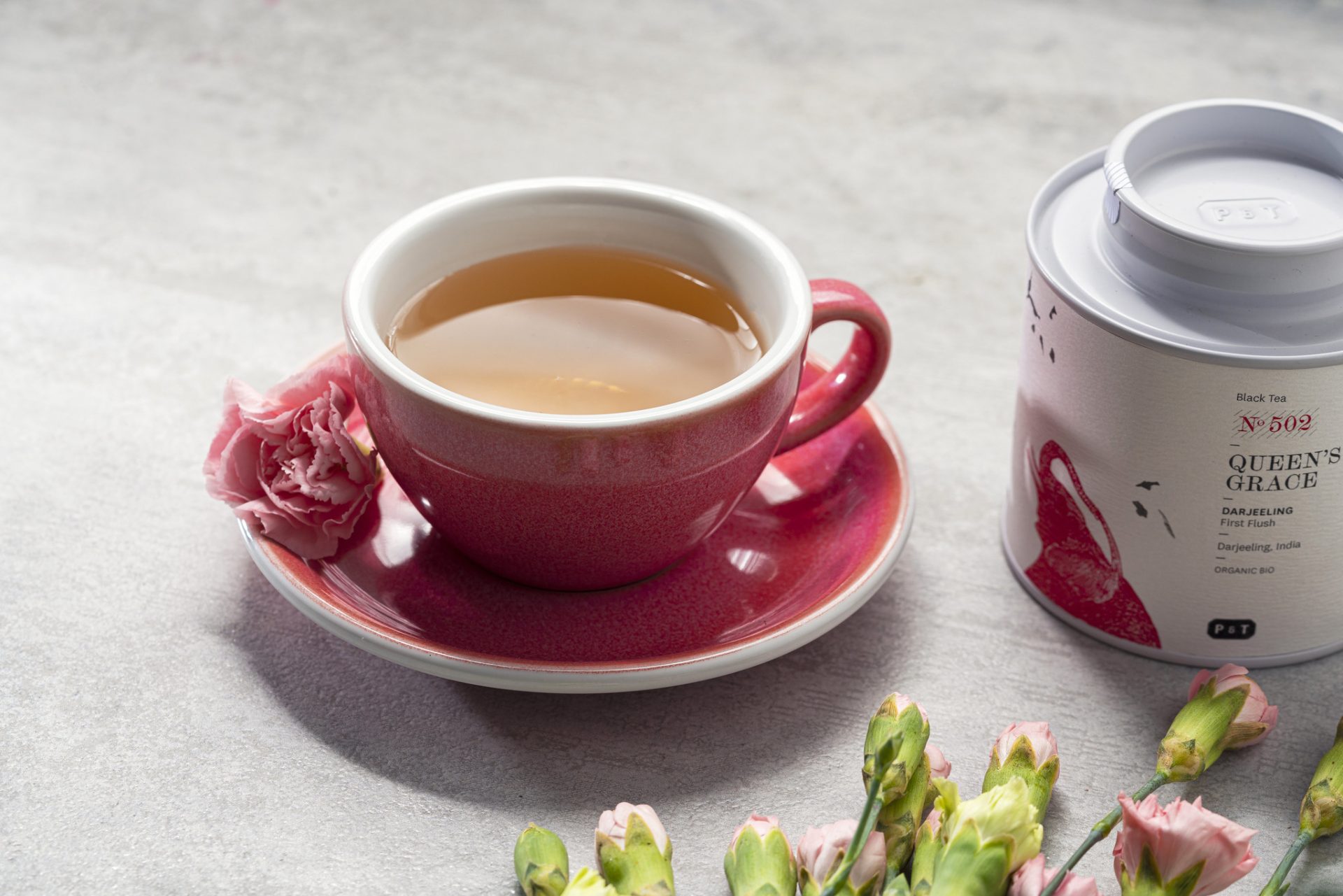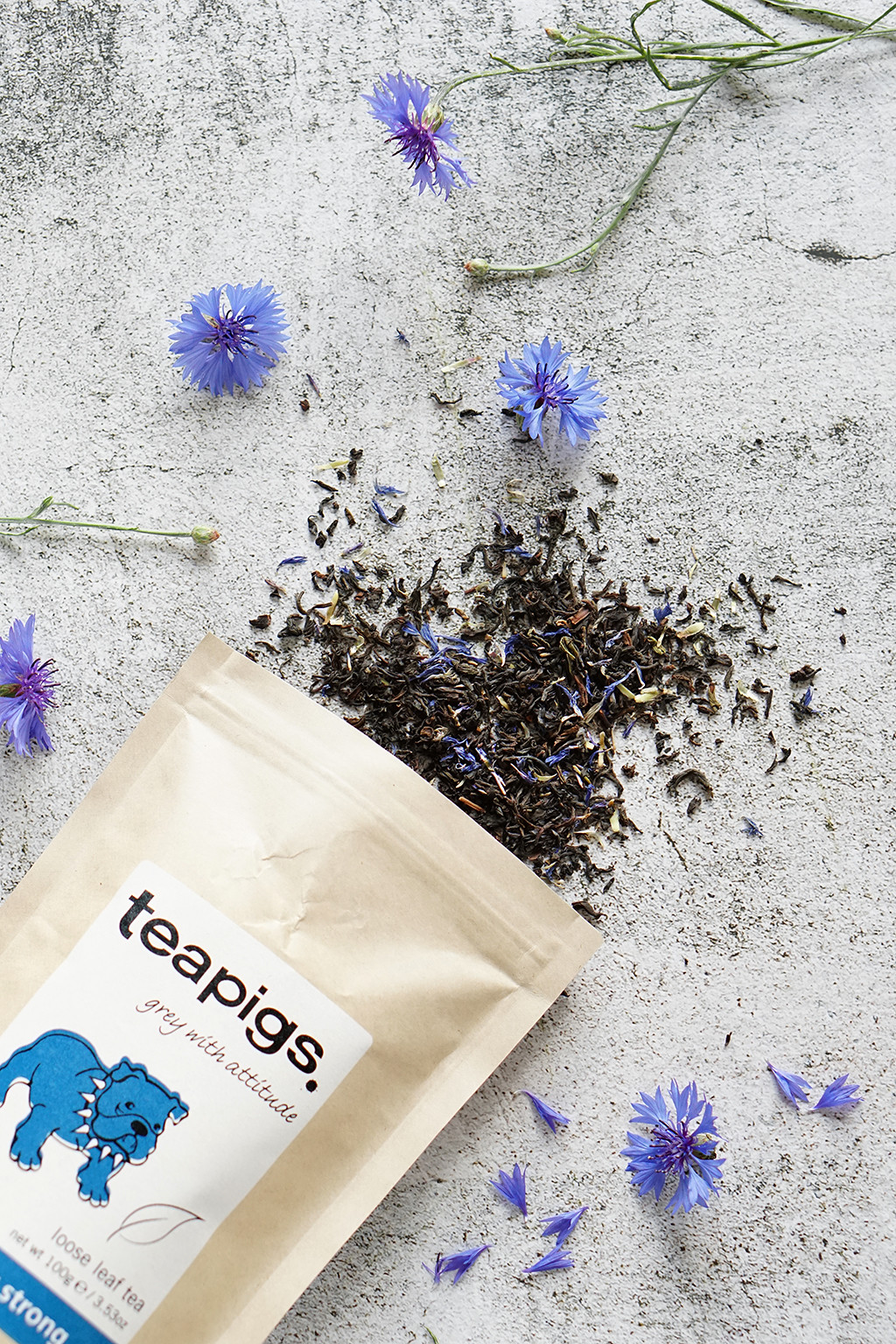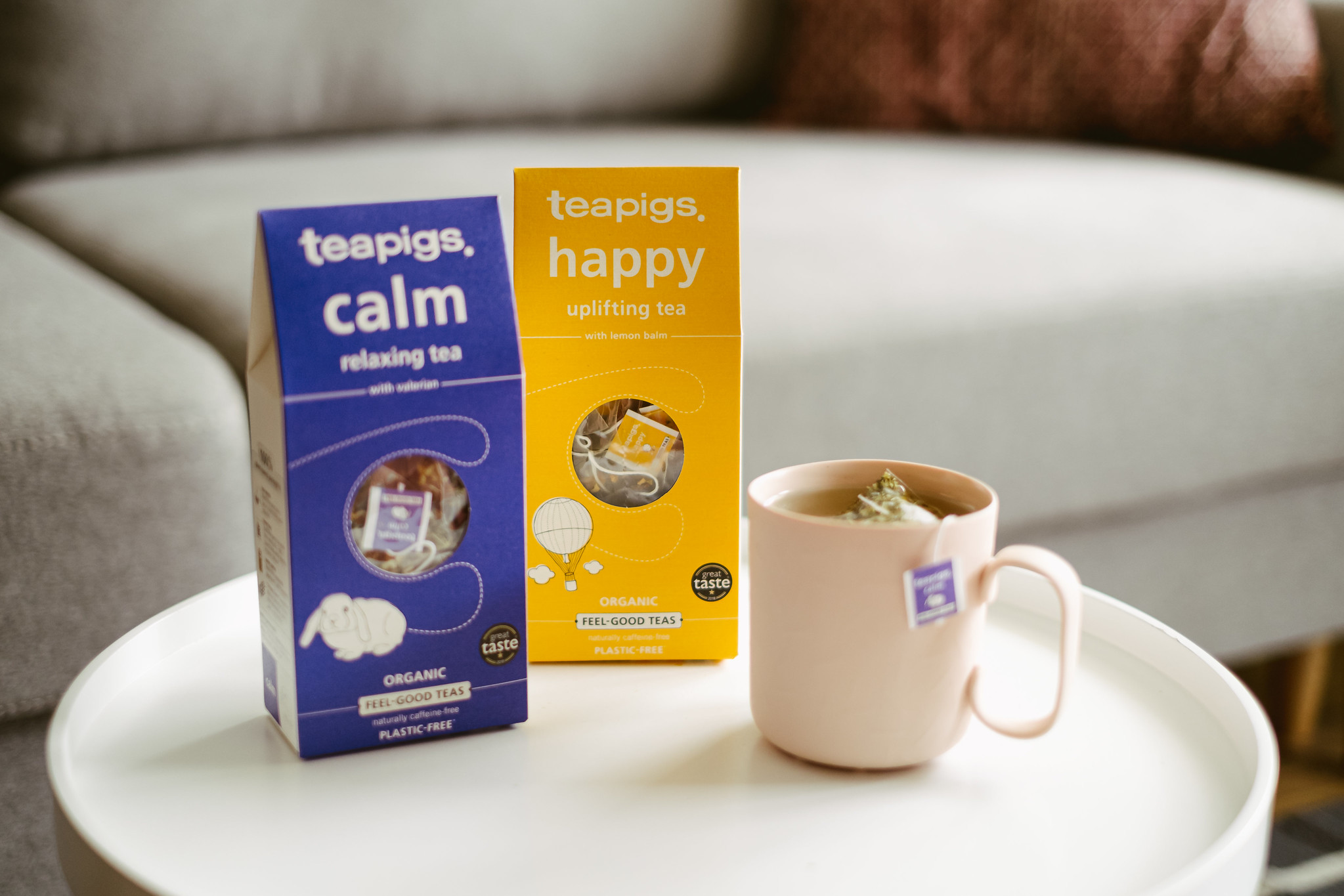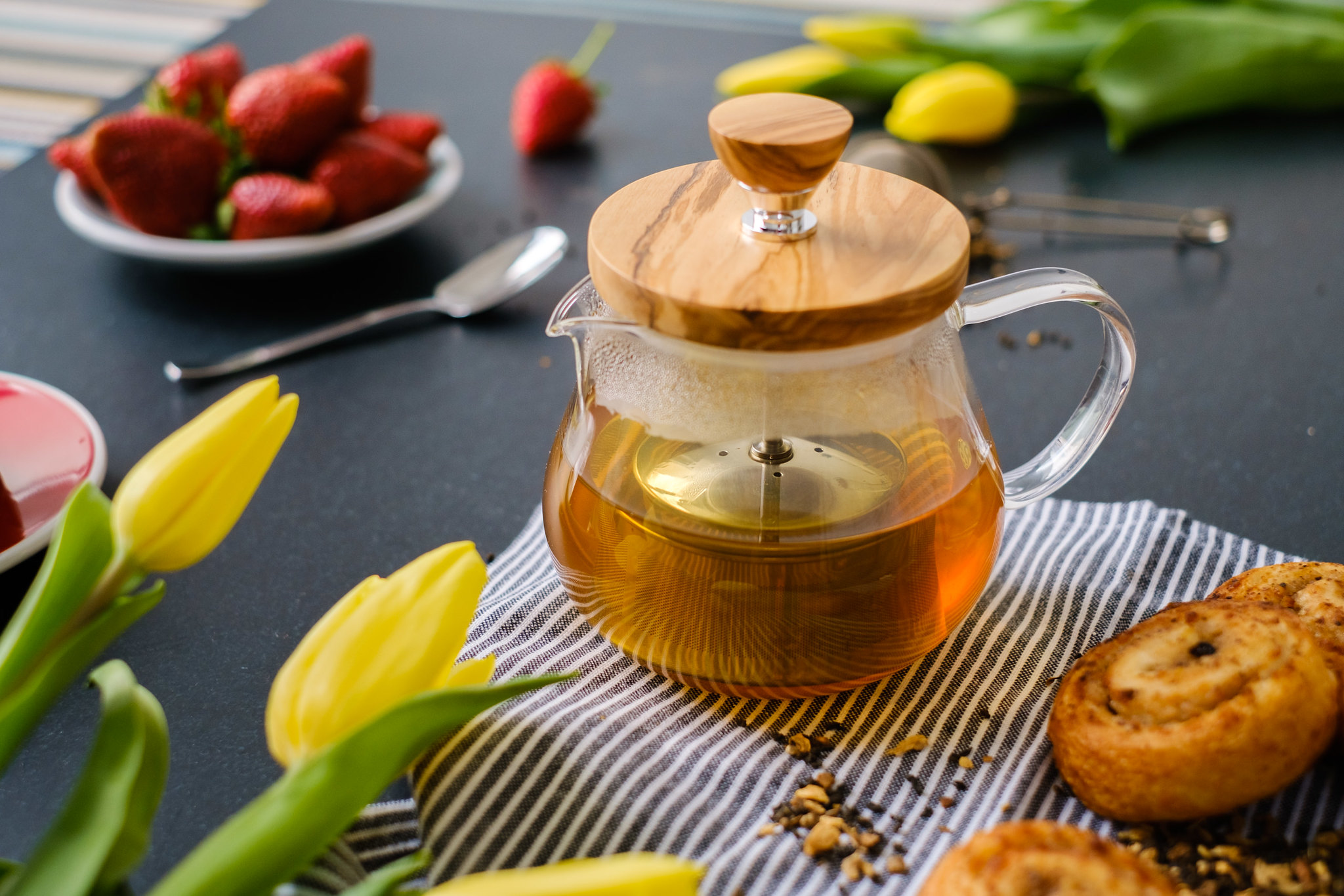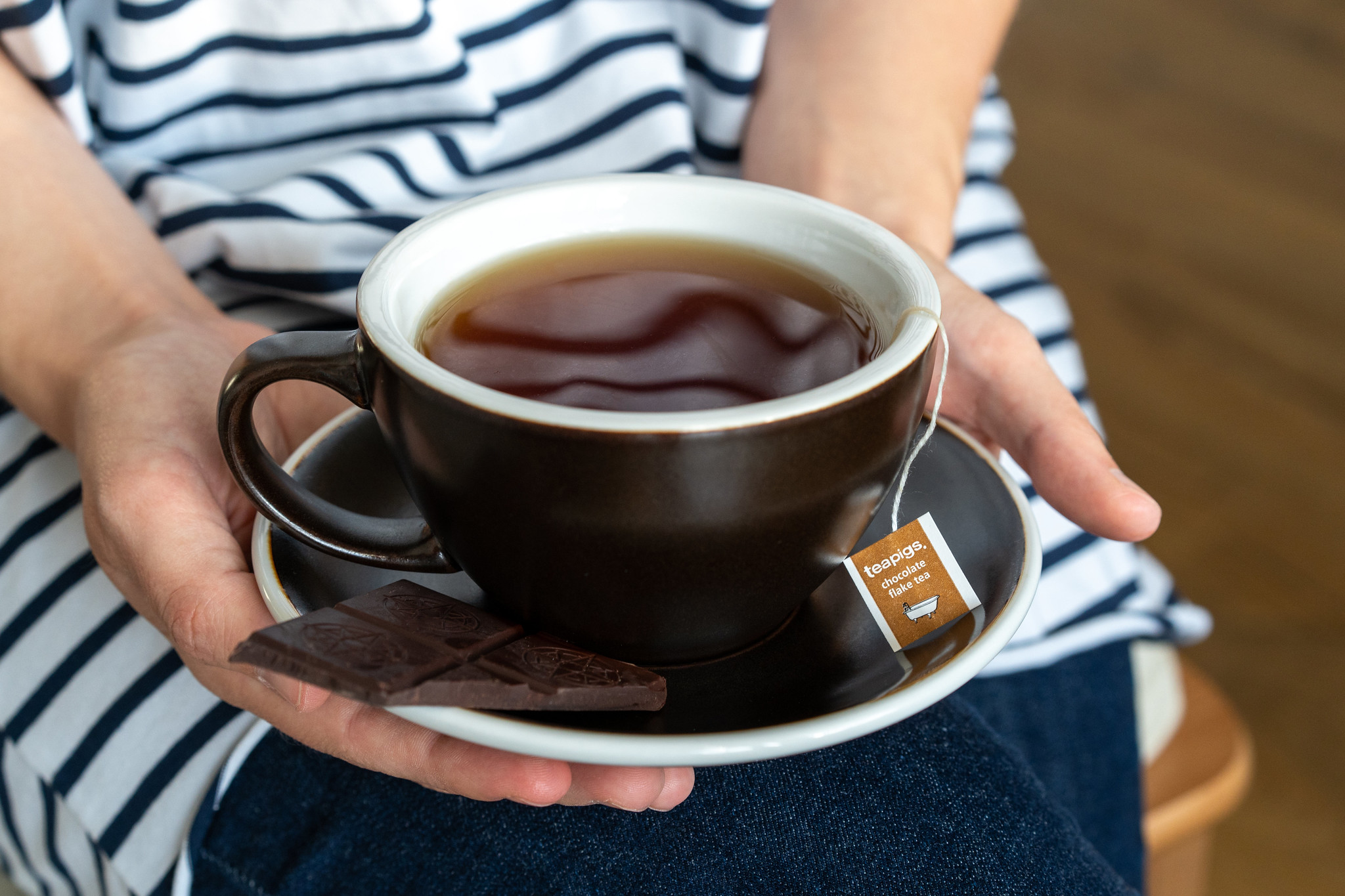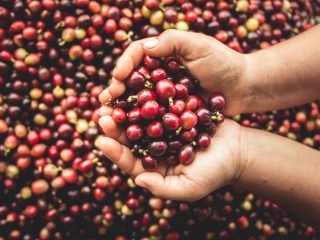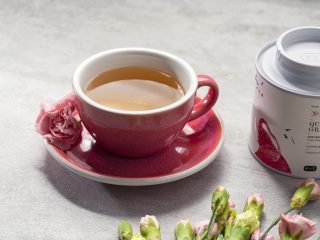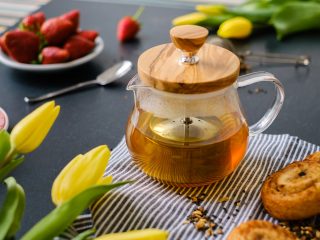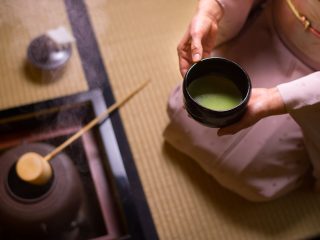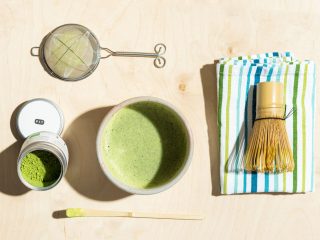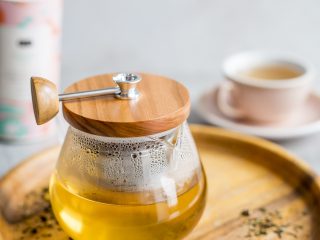Tea is, next to water and coffee, the most consumed and favorite beverage in the world! It is estimated that we drink about 50 cups of tea in a month. Tea manufacturers are not required to include the calorie count of the product on the packaging and usually do not. So, does tea have calories? Does it significantly affect our daily energy requirements? It depends!
How many calories does tea have?
Pure tea with no additives is a liquid with practically no energy value! 100g of tea brewed without additives provides us with about 1 kcal. A glass or mug contains about 250-300 ml of the infusion, i.e. about 2-3 kcal – we consume the same amount, for example, with one Tic Tac. Even if we drink large amounts of plain tea during the day, we don’t have to worry about its scant impact on our daily intake of calories.
Moreover, many studies show the benefits of drinking tea. If we have tea 3-4 times a day, we enable its ingredients to reduce the absorption of fats and proteins, and thus – we reduce the supply of calories from other products we consume!
Different types of tea and calories
How many calories the tea has depends largely on the type of tea you choose.
- Pure loose leaf tea or tea in sachets, with no additives is practically calorie-free.
- The same goes for herbal teas – the number of calories is scant.
- The calorie content of tea with the addition of fruit, flowers or aromas is slightly different. Some of the desired and tasty variations can affect the calorie content in our tea infusion. Fortunately, these are not amounts that we should be concerned about! For example, flavored or dried fruit teas can provide literally a few more calories per cup of infusion. However, it is not possible to know the exact number of calories in such tea because there are many factors that make up the caloric value of the final product, i.e. the method of brewing fruit tea, the time of soaking the fruit or fruit size. During these processes, sugars and carbohydrates from the fruit go into our tea. However, the infusions prepared in this way have no more than 10 kcal, and these are rather low values, similar to teas without additives.
- We can expect a slightly higher caloric value from powdered green tea – matcha, a flat teaspoon of which (about 2 grams) provides us with about 6 kcal. However, the richness of antioxidants that comes with consuming 2-3 cups of matcha every day has an advantage over its caloric content.
- One of the seemingly more caloric infusions is yerba mate. Its caloric value varies depending on the selected type of product. The number of calories in a typically drunk portion of dried product (about 50 grams) ranges from 25 to 50 kcal. However, it should be remembered that one portion of tea leaves is poured with water several times – so, this is approximate caloric value which should be divided among the number of infusions we prepared from one portion of leaves. Additionally, drinking yerba mate has many health benefits.
- It is also worth mentioning and paying special attention to granulated / instant “teas”, which, unfortunately, have little in common with tea. They consist mainly of sugar and trace amounts of tea extract, which translates into their caloric value – 1 cup of such an infusion is already about 80 kcal.
How many calories does tea with sugar or honey have?
Tea itself does not provide unnecessary calories, but many people like to improve its taste by adding sweeteners. The addition of 1 teaspoon of sugar increases the caloric value of tea by about 20 kcal.
When we drink 3 cups of tea a day with 2 teaspoons of sugar, it is already an additional 120 kcal! What’s more, these are empty calories – they do not bring valuable nutrients to the body. Replacing sugar with honey seems to be a better choice.
However, we often do not realize that 1 teaspoon of honey means about 40 kcal more, which is twice as much as in the case of traditional sugar. On the other hand, honey provides our body with a lot of valuable minerals and, despite its higher caloric value, it is a good substitute for sugar. However, remember to add it to cooled tea – honey loses its properties at temperatures above 45°C.
What else can you sweeten your tea with?
In addition to the widely used sugar and honey, we often improve the taste of tea by adding sweeteners, syrups, preserves or fruit, milk or even alcohol. The energy value of tea in this case depends on the type of sweetener used. Although sweeteners do not provide calories, they often have a characteristic aftertaste, and when used in large quantities, they can have negative consequences for our health. Syrups, preserves, fruit or milk are a source of extra calories – from 15 to even 150 kcal. Tea with alcohol is also not low in calories. For example, a glass of rum added to tea is an additional 50 kcal!
Summary
Research shows that drinking tea provides our body with many benefits, such as supporting weight loss or preventing cardiovascular diseases and diabetes, mainly due to the polyphenols it contains. However, it’s a good idea to examine your tea drinking practices to see if or how much additives you are using. Often, unknowingly or by force of habit, we needlessly let extra calories in with them. Certainly, it’s a good solution to replace white sugar with something healthier or less caloric. The type of tea we choose and our daily eating habits are also important.
It is worth finding the tea, the taste of which you would like enough to make the use of sweeteners unnecessary! Then drinking tea will become a pleasant ritual with a positive effect on health, and with no consequences in the form of increasing the daily intake of calories.
Sources:
- Wolf, A., Bray, G. A., & Popkin, B. M. (2008). A short history of beverages and how our body treats them. Obesity Reviews, 9(2), 151–164.
- www.tabele-kalorii.pl, www.kalkulatorkalorii.net, https://www.ilewazy.pl/, https://nutritiondata.self.com/
- Yang, C. S., Zhang, J., Zhang, L., Huang, J., & Wang, Y. (2015). Mechanisms of body weight reduction and metabolic syndrome alleviation by tea. Molecular Nutrition & Food Research, 60 (1), 160–174.
- Pan, H., Gao, Y., & Tu, Y. (2016). Mechanisms of Body Weight Reduction by Black Tea Polyphenols. Molecules, 21(12), 1659.
- M. Dykiel, M. Pisarek, B. Krochmalarczak, M.Gargała. Trendy w żywieniu człowieka. Preferencje konsumenckie dotyczące picia herbaty. Wydawnictwo Naukowe PTTŻ, Kraków 2015
- Regina Wierzejska. Wpływ picia herbaty na zdrowie – aktualny stan wiedzy. PRZEGL EPIDEMIOL 2014; 68: 595 – 599
- Jakubczyk, K., Kochman, J., Kwiatkowska, A., Kałduńska, J., Dec, K., Kawczuga, D., & Janda, K. (2020). Antioxidant Properties and Nutritional Composition of Matcha Green Tea. Foods, 9(4), 483.
- Długaszek, M., & Kaszczuk, M. (2019). Assessment of the nutritional value of various teas infusions in terms of the macro- and trace elements content. Journal of Trace Elements in Medicine and Biology, 126428.
- https://www.coastalteaco.com/
- Heck, C. I., & de Mejia, E. G. (2007). Yerba Mate Tea (Ilex paraguariensis): A Comprehensive Review on Chemistry, Health Implications, and Technological Considerations. Journal of Food Science, 72(9), R138–R151.
- Chandra, S., & Gonzalez de Mejia, E. (2004). Polyphenolic Compounds, Antioxidant Capacity, and Quinone Reductase Activity of an Aqueous Extract ofArdisia compressain Comparison to Mate (Ilex paraguariensis) and Green (Camellia sinensis) Teas. Journal of Agricultural and Food Chemistry, 52(11), 3583–3589.
- Kang, Y.-R., Lee, H.-Y., Kim, J.-H., Moon, D.-I., Seo, M.-Y., Park, S.-H., … Oh, H.-G. (2012). Anti-obesity and anti-diabetic effects of Yerba Mate (Ilex paraguariensis) in C57BL/6J mice fed a high-fat diet. Laboratory Animal Research, 28(1), 23.

